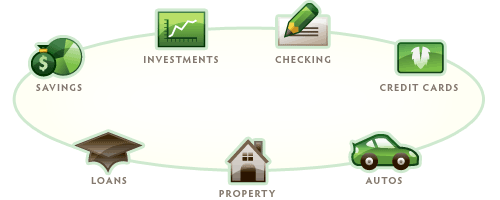Design for Peace of Mind
Wednesday, May 13th, 2009 A primary thrust in cognitive design is creating artifacts that put consumers and employees in a specific frame of mind – feeling pride, experiencing joy, luxuriating, savoring and so on. Designing a specific think-and-feel into an existing product can produce a real differentiating effect and even contribute to competitive advantage.
A primary thrust in cognitive design is creating artifacts that put consumers and employees in a specific frame of mind – feeling pride, experiencing joy, luxuriating, savoring and so on. Designing a specific think-and-feel into an existing product can produce a real differentiating effect and even contribute to competitive advantage.
 For example, in the latest issue of the McKinsey Quarterly, Jenny Cordina and others argue in The Role of Emotions in Buying Health Insurance, that the key to winning in the health insurance business is designing products and services that give consumers peace of mind. Specifically they write:
For example, in the latest issue of the McKinsey Quarterly, Jenny Cordina and others argue in The Role of Emotions in Buying Health Insurance, that the key to winning in the health insurance business is designing products and services that give consumers peace of mind. Specifically they write:
“ Consumers shopping for health insurance today face more choice, complexity, and financial exposure than ever before. In an increasingly uncertain world, what they are really seeking is peace of mind in their choices. Insurers that address the emotional needs and biases embedded in the typical consumer’s behavior will be successful in creating and distributing effective products, earning the consumers’ trust, providing a more satisfying shopping experience, and, ultimately, helping consumers better manage their health.”
A clear illustration of the fundamental importance of designing for how people think and feel in today’s economy.











